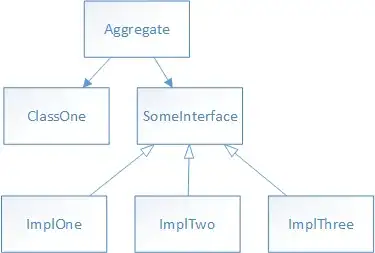I've been developing applications according to the principles of DDD for a while now, and, as many, I often run into issues when it comes to persisting an aggregate.
One of the main advantages of DDD is that it allows me to use the full power of OO design in my domain -- as such I want to use polymorphism and conform to the open-closed principle. I.e. I can extend my logic by adding new subtypes without requiring changes to the supertypes.
The problem comes when persisting this. Somehow I need to flatten this domain to some persisted representation, and then later restore it. How do I achieve this, without littering the Repository implementation with instanceof (or equivalent in your language of preference) all over the place. This is generally considered bad form, plus it violated OCP, at least in the repository itself. When I add a new subtype, I'm forced to add a case in the repository.
Is there an elegant way to handle this?
